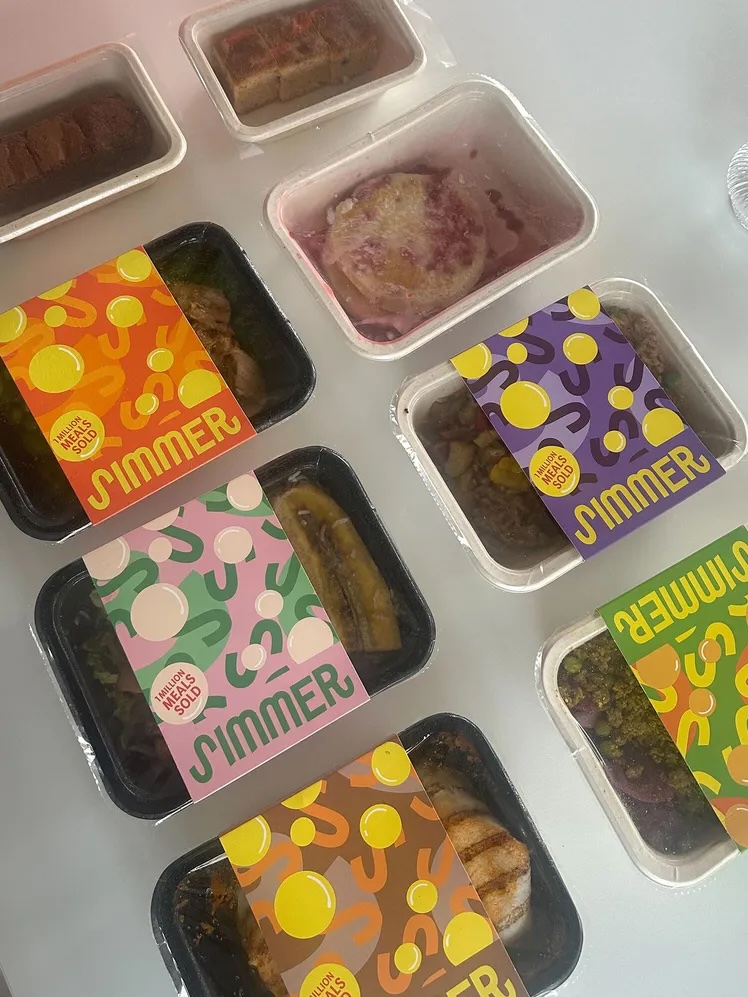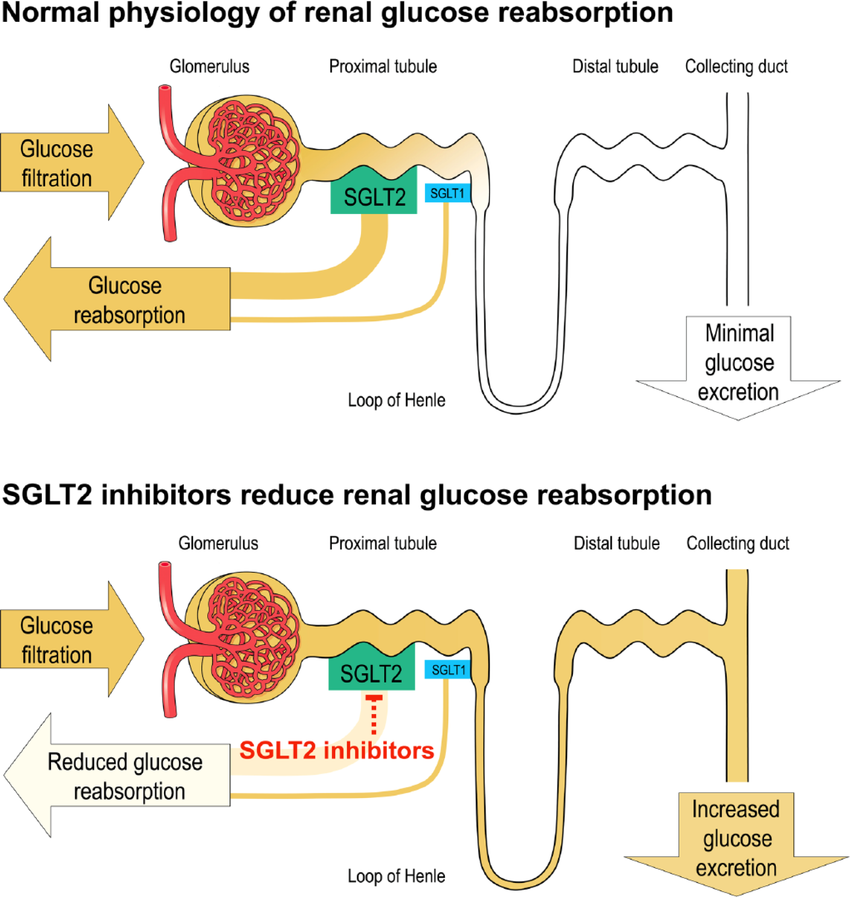Simmer Eats – is it worth it?
Dear Friend,
Since wrapping up my on-calls this week, I’ve been back on the cardiology ward, living my best 9–5 life. It’s amazing how much time you realise you have once you’re not doing nights or long days — suddenly there’s space for the gym, golf, catching up with friends… and because you’ve missed it for over a month, you really start to appreciate it.
Over the past few months, I kept seeing ads for a meal prep service called Simmer Eats — and I noticed that a few of my colleagues were using it too. It’s a UK-based service that delivers healthy, ready-to-eat meals, specifically designed for people with busy schedules. Naturally, I was curious.
One of the big reasons I decided to give it a go was the slow, sneaky realisation that I’d put on about a stone since starting IMT — around 18 months ago. Between the irregular shifts, stress eating, and just not having the time or energy to work out, things crept up. But I knew a large part of it came down to diet. They say abs are made in the kitchen for a reason!
What drew me to Simmer was its focus on healthy meals. I knew I couldn’t realistically commit to cooking nutritious food every day, and I was determined to stop relying on the hospital canteen — which, let’s be honest, usually serves up a reliable rotation of chips and fried food.
Here’s how Simmer works: you choose up to 10 meals per week, place your order by Tuesday, and they’re delivered fresh on Sunday. Each meal is roughly 500–600 calories and packed with 30–40g of protein. They’re microwave-ready, take just 3 minutes to heat up, and stay fresh for up to 5 days.
So, here’s my honest review…

What I’ve loved so far:
Convenience
Meals are delivered fresh weekly — all I have to do is heat and eat. No chopping, no mess, no stress.
Taste
Genuinely flavorful dishes (my favorites are the Thai Peanut Chicken Bowl and the Chickpea Shawarma Wrap). It doesn’t taste like “health food” — it just tastes good.
Nutrition
Meals are well-balanced, and I can actually tell the difference in my energy levels during shifts.
Variety
There’s enough rotation in the menu to keep it interesting without overwhelming me with choices.
What could be better
Price
When you initially sign up, you get a 30% discount. This means that each meal is about £5.50. However after a few weeks when the discount runs out, the meals go up to over £7 each, which can get very expensive.
Texture
After a while, the food does end up feeling like you are eating airplane food. It had that look and feel about it. And despite how nutritious or convenient it might be, you can start to feel quite low eating bland food.
Preservatives
Ultimately, like any meal prep service it is not fresh food you are eating. Especially after you have kept the package in your fridge for 3-4 days.
Summary
Overall, my overall impression is more positive about Simmer Eats. Since I have started it has helped me lost 4.5kg weight — it’s helping me maintain some structure and feel better physically during an otherwise hectic routine. If you’re someone who also struggles to find time to cook or eat well (especially in healthcare), I really recommend giving Simmer Eats a go. It’s one less thing to worry about, and that peace of mind is worth a lot.
As it was getting very repetitive I decided to take a couple of month’s break from the service, especially as I am travelling a lot this summer. But I can see myself picking it up again from the autumn, especially as there will hopefully be new dishes on the menu to spice things up again.
I hope you found that helpful. If you are going to sign up, you could do me a favour and use my referral code, that way we both get a discount. Here is the link!
Drug of the week
Dapagliflozin
Dapagliflozin is a medication used to treat type 2 diabetes, heart failure and chronic kidney disease.
These are a newer class of drug and they inhibit glucose reabsorption in the kidneys to promote glucose excretion in the urine.
It reversibly inhibits sodium-glucose co-transporter 2 (SGLT-2) in the renal proximal convoluted tubule to reduce glucose reabsorption and increase urinary glucose excretion.
Common side effects include urinary tract infections, genital infections, and volume depletion (reduced amount of water in the body).
Diabetic ketoacidosis is a common side effect in people with type 1 diabetes.

A Brain Teaser
A 25-year-old woman presents to the Emergency Department following a fall from her bicycle, describing a ‘twist’ injury to her right ankle. She is currently unable to bear weight on her right foot.
On examination, there is marked swelling and significant bruising of the right ankle, although the skin remains intact. Range of movement is limited in all directions on her right ankle, with pronounced tenderness over the right lateral malleolus. Neurovascular examination is unremarkable.
Which is the most appropriate next step in this woman’s management?
A: Apply a supportive ankle brace
B: Discharge with rest, ice, compression and elevation
C: Refer for physiotherapy
D: Request an ankle XR
E: Urgent referral to orthopaedics
Answers
The answer is D – request an ankle XR
Request an ankle x-ray is correct. According to the Ottawa ankle rules, any patient who is unable to bear weight both immediately after injury and in the Emergency Department, and who has bone tenderness at the posterior edge or tip of the distal 6 cm of either the tibia or fibula, or at either malleolus, should undergo an ankle x-ray as these findings are suggestive of a possible fracture. In this case, the patient meets these criteria: she is unable to bear weight on the right ankle and has tenderness over the right malleolus. Therefore, requesting an ankle x-ray is appropriate.
Apply a supportive ankle brace is incorrect. Supportive braces are commonly used for soft tissue injuries such as sprains or strains. However, as this patient satisfies the Ottawa ankle rules, there is a higher likelihood of a fracture which must first be excluded with an x-ray.
Discharge with rest, ice, compression, and elevation is incorrect. This approach is suitable for managing soft tissue injuries. Although the patient may eventually benefit from these measures, it is essential to rule out a fracture with an x-ray first since they meet the Ottawa ankle rule criteria.
Refer for physiotherapy is incorrect. While physiotherapy may be beneficial during rehabilitation for both soft tissue and bony injuries, it is important to exclude a fracture before referral. If present, a fracture may require immobilisation or surgical intervention.
Urgent referral to orthopaedics is incorrect. Referral to orthopaedics is not indicated before imaging has been performed as this could still represent a soft tissue injury. Urgent referral would be necessary if there were evidence of an open fracture, significant dislocation, or neurovascular compromise; however, none of these features are present in this case.




